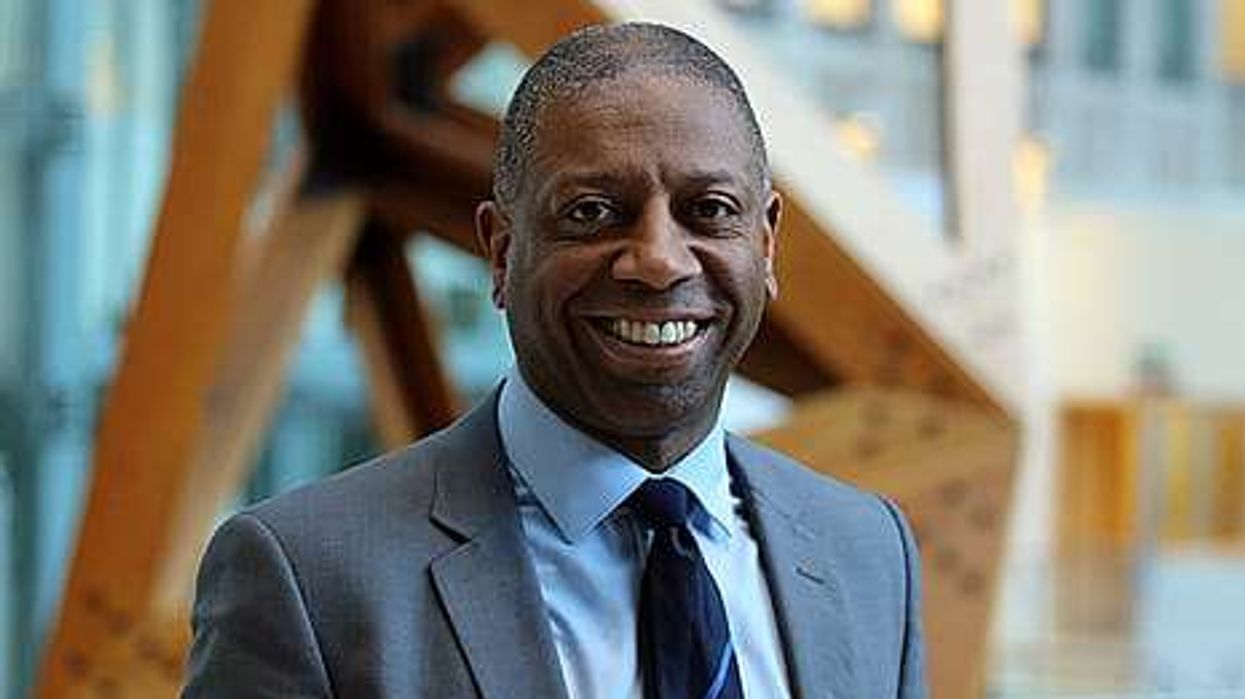THE Kamala Harris campaign has gone all out to woo social media influencers at the Democratic National Convention this week, aiming to leverage their vast online reach to boost voter turnout against Donald Trump.
Influencers from Instagram and TikTok were given special treatment, including free drinks, yacht parties, and VIP access, privileges not extended to the traditional press at the Chicago event, which often felt more like a festival.
"People need to understand that many of these creators have larger audiences than major news outlets like CNN, The New York Times, Univision, Telemundo, and ABC," said Benjamin Zamora, a former journalist turned influencer with 6.3 million followers across various platforms. He made these comments from the floor of Chicago's United Center, where dedicated rooms were set up to provide influencers with wine and prime-rib sandwiches.
This level of hospitality was far beyond what was offered to mainstream media, a contrast that Zamora believes makes sense. "The Democratic National Convention views content creators as allies, unlike their approach to the press," he said.
More than 200 influencers received accreditation for the convention, a new tactic designed to expand Harris's electoral appeal and engage a broader audience.
The treatment given to influencers contrasts with the fact that Harris has not given an interview or press conference to the mainstream press since president Joe Biden stepped aside and the party endorsed her nomination.
At least five influencers made the convention's select list of speakers, including Uruguay's Carlos Eduardo Espina, who took the podium Wednesday (21).
"It's really incredible that they gave us that opportunity," he told AFP.
"We see Bill Clinton, Joe Biden, and we think 'Wow, we don't deserve to be in the same space as them,'" he added.
"But we do. We have a lot to offer," said the 25-year-old, who has more than 11 million followers on social networks.
In the arena, influencers – with cameras, lights and microphones in hand – are freer to roam than many press teams, and have a reserved area on the blue carpet for interviews.
The reserved space for the traditional media sits outside the stadium, with few luxuries other than water, powerful air conditioning and Wi-Fi.
Influencers covering all walks of life
The work is different, explained 12-year-old influencer Knowa, who argued with Republican activists Charlie Kirk and Mike Lindell in a recent video that went viral.
Despite his young age, Knowa speaks with a self-confidence that many may not reach in a lifetime, and with an undeniable charisma.
For Knowa, the DNC is not the biggest event of his short career, even though it has seen him sitting alongside US Senator Bernie Sanders and former Georgia state legislator Stacey Abrams.
"No, I would say the White House... that was pretty big as well," he said.
The young campaigner and social media star is all in for Harris, having met her five times.
The young influencer is homeschooled and has few other hobbies, dedicating all his time to the cause.
"The first thing I do when I wake up, I Google Kamala Harris. That's it," he told AFP.
Not all influencers at the convention are focused on politics, however.
Beauty, entertainment, lifestyle – influencers covering all walks of life are adapting their brands to the convention.
Blair Imani, with 642,000 followers on Instagram, promotes one-and-a-half-minute videos on a diversity of topics on her "Smarter in Seconds" channel.
At the convention, Imani interviewed popular Michigan Governor Gretchen Whitmer.
"They've given us access, they've been so hospitable," said Imani.
"I know they're accommodating some content creators with hotel accommodations, because a lot of us are independent creators... They've gone above and beyond," she said. (AFP)












